Guides • Understanding Publishing
Last updated on Jul 19, 2023
Amazon KDP: A Writer’s Guide to Kindle Direct Publishing
Ricardo Fayet
Reedsy co-founder and Chief Marketing Officer, Ricardo Fayet has worked with hundreds of authors on their launches and marketing campaigns. He is the author of two bestselling guides on marketing for authors, and a regular presenter at the largest writers' conferences.
View profile →Kindle Direct Publishing is Amazon’s self-publishing platform allowing independent authors to sell their books, both as ebooks and physical books, to readers worldwide. Authors can use it to sell their books without going through a traditional publishing house — and without any setup cost. It’s unquestionably the most accessible platform for self-publishing authors, who retain full rights to their work and earn direct royalties from every sale.
In this guide, you’ll learn everything you need to know about the experience of publishing on KDP, from setting up your book to mastering keywords (here) and categories (here). But first, let’s take a bird’s eye view and try to see how Amazon has become the go-to retailer for self-publishing authors.
KDP ignited the self-publishing revolution
Launched concurrently with Amazon’s ebook reader in 2007, KDP opened up the publishing world. Readers could now not only buy indie ebooks through Amazon.com but also directly from any Kindle device.
Thanks to KDP, authors of niche genres can gain access to readers that previously could have only reached through traditional publishing.
Q: What do authors commonly misunderstand about Amazon KDP?
Suggested answer
A common misconception is that simply uploading a book to Amazon will lead to sales. Many authors believe readers will naturally discover their work, but the truth is, success on Amazon requires strategy. One of the biggest challenges is crafting a compelling book description. It’s not just a summary—it’s your pitch, designed to emotionally connect with potential readers and entice them to buy.
This can feel overwhelming, especially when condensing a 100,000-word story into just 160 words. Yet, studies show that your book description is one of the most critical factors in a reader's decision to purchase. Think of it as your best salesperson—if it’s not grabbing attention and building intrigue, your book may be overlooked. With the right approach, this small but mighty element can make all the difference.
Jd is available to hire on Reedsy ⏺
Indie publishing’s kingmaker
This accessibility has led to multiple waves of bestselling authors who have found mainstream success through self-publishing, including E.L. James (Fifty Shades of Grey), Hugh Howey (Wool), and Andy Weir (The Martian). In addition, there are now countless other indie writers — especially in the romance genre — who earn significantly more than their traditionally published counterparts, thanks mainly to KDP’s favorable royalty rates.
If you want to get in on this hot market, you can learn how to write a romance novel here.
Any author can reach over 80% of US readers
Amazon is the largest bookstore in the world, full stop. While they don’t have the same iron grip in non-English language book markets, one retail news site suggests that in the US, Amazon held an 83% market share of ebooks in 2019 — with the remaining 17% spread between its competitors.
If you’re looking to sell books in the United States and the United Kingdom, KDP is a platform you can’t afford to ignore — especially once you see how they can help you reach readers across different formats.
Pro-tip: Get a read on your audience early by downloading this author market research checklist.
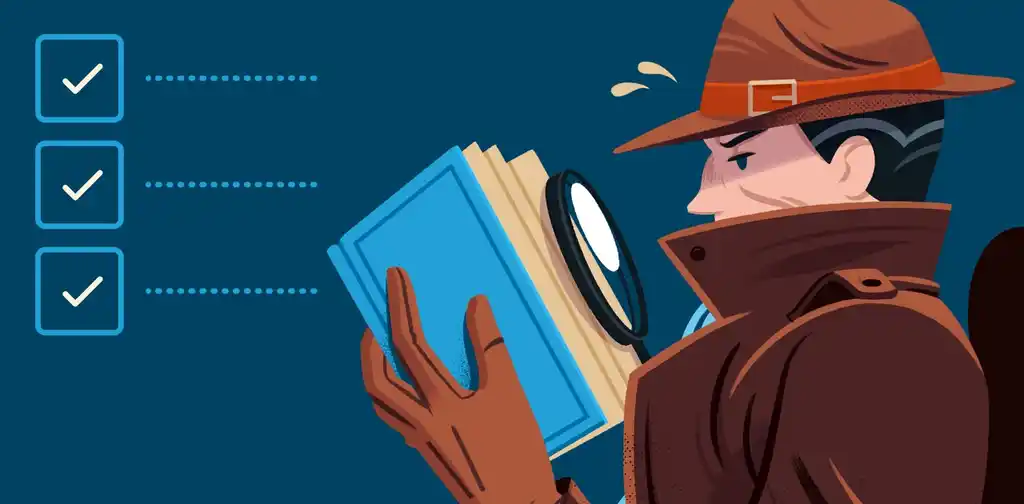
FREE RESOURCE
Market Research Checklist
Find your ultimate target audience with our checklist.
You can sell print, digital, and audio in one place
While many people associate “Kindle” with ebooks, that’s just the tip of the iceberg when it comes to the various versions of your book that you can publish through KDP. But let’s not gloss over the convenience of their digital publishing option…
Q: What are the crucial steps to successfully publishing a book on Amazon, from manuscript preparation to marketing?
Suggested answer
Publishing a book on Amazon comes down to two key components: a high-quality book and reaching the right readers. Think of it as creating a polished final product and ensuring the right audience sees it.
Your book cover is your first impression—it should clearly convey the genre and instantly appeal to your target readers. Next, your description should emotionally connect with potential buyers, drawing them into the story and making them want to hit "Buy." Adding credibility factors like Amazon reviews, editorial reviews, or awards can help reinforce their decision.
Pricing is another important step. It needs to align with what readers expect in your genre while leaving room to adjust as your book gains traction. Finally, traffic: you’ll need a plan to bring readers to your book’s page through advertising, promotions, or organic efforts like email lists.
Each of these elements works together to create the best possible experience for your readers and give your book its greatest chance at success. I work with my clients to ensure all these pieces are aligned and optimized, giving their books the boost they need to stand out on Amazon.
Jd is available to hire on Reedsy ⏺
Instant ebook publishing
Through KDP’s author platform, you can set up an account, upload a manuscript, and publish it by the end of the hour. Of course, you’ll likely want to format and edit your book to a professional standard first, but the publishing process on Amazon is otherwise very straightforward.
Once it’s live on the Kindle Store, readers can purchase your digital book and read it on their tablets, e-readers, phones, or desktop computers — just as they would any ebook published by a major press.
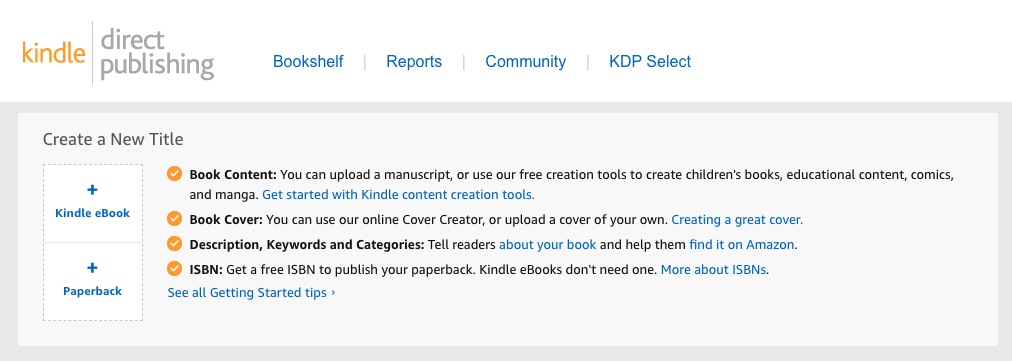
Paperbacks and hardcovers through KDP Print
Despite the ebook revolution, print books aren’t going anywhere. Several print-on-demand (POD) services are available for self-publishing authors who want a handsome paperbound edition to put in their bookcases (or, you know, to sell to paying customers). With POD, a supplier will churn out copies only when someone orders them — making this system an affordable alternative to large-scale print runs.
Kindle Direct Publishing offers a service called KDP Print (formerly known as Createspace), which manages print-on-demand. Authors need to upload immaculately formatted print files (different from the ebook format), after which they can start selling physical copies from their existing KDP account.
Get in your readers’ ears with Audible
Indie authors can also tap into the ever-growing audience of readers who want to listen to their books with Audible, the world's largest audiobook distributor (as of writing). Of course, recording, narrating, and producing a quality audiobook does require specific skills and equipment, things not every indie author has. One option available to Amazon authors is ACX (Amazon Creative Exchange). In this service, authors can match up with narrator-producers to collaborate on an audiobook for an even split of the royalties.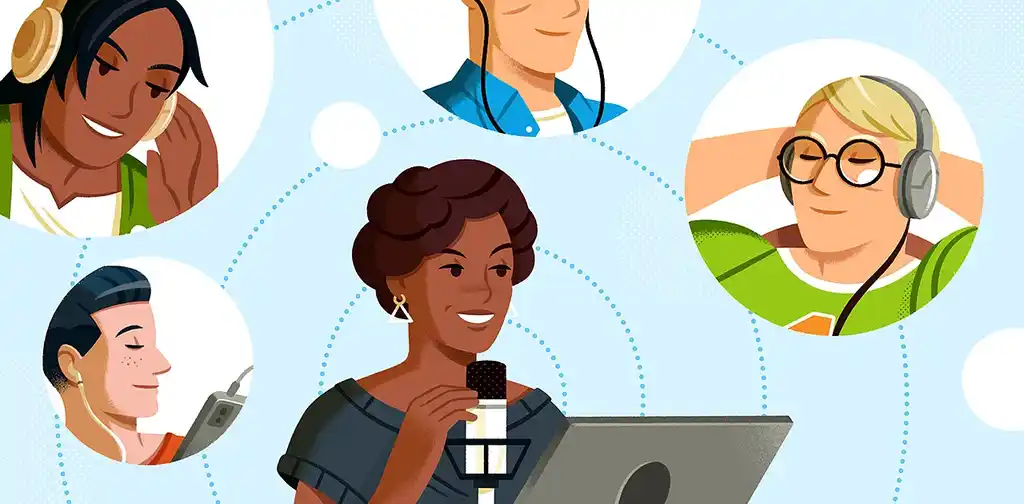
As a one-stop-publishing platform, KDP allows authors to focus most of their efforts on a single retailer without fear of losing out on too many potential sales — plus, you’ll only have to handle taxes on your earnings made from a single source.
As you’ll learn later in this guide, it isn’t always the best idea to sell exclusively on KDP, but it certainly is convenient — and the royalties that Amazon offers can be rather sweet.
Q: Should authors sell exclusively on Amazon?
Suggested answer
It depends on your ultimate career/business goals. A book that is only published on Amazon looks like a self-published book. For non-fiction, if your goal is the elevation of your thought leadership status, you benefit from your book being "everywhere". Including links to numerous retailers on your website is not a traffic flow exercise, where we are trying to spread out your sales - it is a branding exercise. We want to show the prospective reader, or podcast host, or convention booker that your presence is as far and wide as possible. Widespread distribution increases perceived legitimacy.
Chris is available to hire on Reedsy ⏺
In the children's book world, an author selling their book only on Amazon is not ideal for several reasons. Most advance trade review outlets will only review books that have a broad distribution, or at least are sold also in bookstores or non-traditional book outlets. Also, selling only on Amazon largely cuts out the school and library distribution, which typically use wholesalers. Amazon, in my opinion, is an important part of book sales, naturally, due to its huge marketshare of children's book sales, but best done in conjunction with other sales and marketing opportunities.
Tara is available to hire on Reedsy ⏺
For most authors—especially if you’re just starting out—selling exclusively on Amazon is a smart move. Managing multiple platforms can be overwhelming, and Amazon’s KDP Select program gives you some great tools to build momentum. Page reads from Kindle Unlimited and features like countdown deals make it easier to get your book in front of readers without spreading yourself too thin.
That doesn’t mean you’re stuck with Amazon forever. Once you’ve got some traction—like more reviews, a growing fanbase, or even a backlist—you can start exploring other platforms or even direct sales. But starting with Amazon keeps things simple and helps you focus on what matters most: reaching readers and building your audience.
If you’re new to publishing, Amazon isn’t just a platform—it’s the best foundation to launch your career.
Jd is available to hire on Reedsy ⏺
Hire an Amazon marketing wizard
Rodney H.
Available to hire
25+ yrs Growing Brands /Former Vice President of Brand Strategy at HarperCollins Publishers/ Publishing Consultant/ Book Marketer
Martyn B.
Available to hire
Forward-thinking and creative book marketer. Top-200 Reedsy Provider. Fascinated by doing things differently to get people to buy books!
Cat H.
Available to hire
20+ years of content marketing experience offering proven marketing strategies for self-help, children's, fiction, & Christian titles
Earn royalties of up to 70%
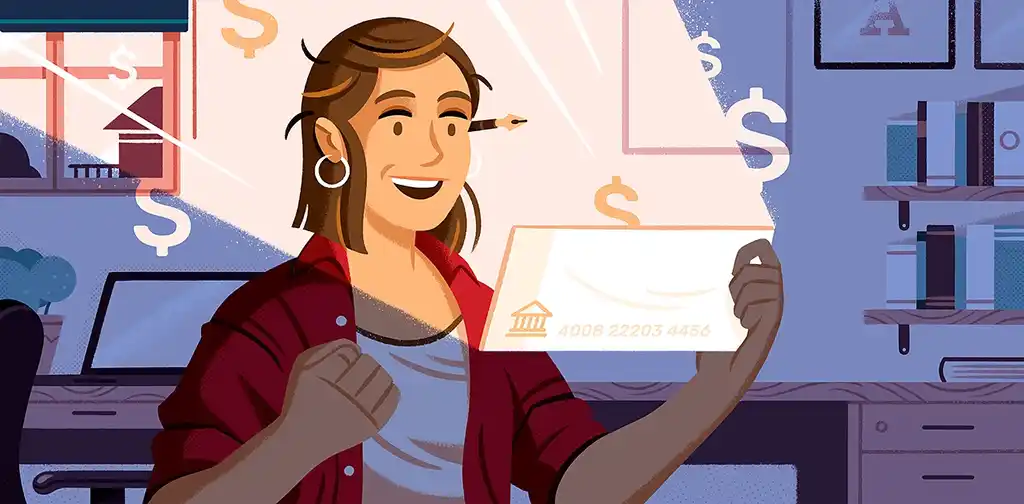 In the traditional publishing model, authors expect a royalty of around 5-15% on print books and 25% for ebooks. On KDP, authors will regularly receive 40-60% on print books and up to 70% for ebooks. This means that authors self-publishing with KDP would make five times more than a traditionally published writers who sold the same number of copies.
In the traditional publishing model, authors expect a royalty of around 5-15% on print books and 25% for ebooks. On KDP, authors will regularly receive 40-60% on print books and up to 70% for ebooks. This means that authors self-publishing with KDP would make five times more than a traditionally published writers who sold the same number of copies.
While these percentages are by no means exclusive to KDP (you can expect similar royalties with Kobo or Apple Books), Amazon is the market leader and has effectively cemented these as the prevailing rates.
Terms and conditions apply
These royalty rates may sound pretty attractive to you, but you should be aware of certain limitations. For example, the 60% royalty on print-on-demand books will look a lot slimmer once you subtract the actual printing costs.
On the digital side of things, the premium 70% ebook royalty isn’t available in all territories and requires you to price your title between $2.99 and $9.99. So if you change your book’s price to above $9.99 on Kindle, your royalty rate will suddenly drop to 35%. This is fine for most authors (if your ebook costs more than $10, you might be doing something wrong), but if you’re selling a box set — where you bundle multiple books into a single product — you’ll be penalized. In contrast, Apple Books and Kobo have no such price ceiling.
Q: What are the most effective ways for authors to begin monetizing their writing, particularly in the early stages of their career?
Suggested answer
At the beginning of your writing career, the best way to turn a profit is to be thoughtful and innovative when looking at your work.
Many new writers begin with self-publishing novellas or ebooks, which are inexpensive to produce and can be distributed to readers in rapid order.
Platforms like Smashwords or Kindle Direct Publishing permit the earning of royalties as well as developing a reader base.
Short stories appearing in literary magazines, anthologies, or contest publications also generate income and exposure.
Besides publishing, the majority of authors offer ancillary services—blogging, freelance, or ghostwriting—to generate a reliable flow of income and hone their writing skills.
Achievement in the beginning more likely comes from stability, reader engagement, and smart marketing: building a mailing list, establishing an internet presence, and cooperating with specialty communities relevant to your genre.
Money-making is never instant, but every action generates momentum toward a lucrative writing career.
John is available to hire on Reedsy ⏺
Take advantage of every single opportunity that comes your way in the beginning. Don't be too picky. If the front door is locked, go in the side door. Or find a window. I had great luck with blind queries in the beginning and that was before email, kids. I built many relationships that way, and most of all, keep believing in your talent, be agile, be diligent, and above all LEARN HOW TO SELL YOURSELF.
Bev is available to hire on Reedsy ⏺
If you are a non-fiction author you can use your book as a platform to get speaking engagements even before your book is published. Once it is published, ask the business you are speaking for to purchase books for each of the conference attendees and then include this purchase in your speaking "package."
Melody is available to hire on Reedsy ⏺
But before you make any rash decisions and abandon the Amazon ship, it’s worth sticking around to see what other perks Amazon offers its authors.
Kindle gives unprecedented visibility to indie authors
As we mentioned at the start, one of Kindle’s big innovations is that they’ve effectively leveled the playing field for self-publishing authors 一 but what does it mean, exactly?
Q: What are some effective ways an author can supplement their income outside of book sales?
Suggested answer
If someone tells me that they are set on making their return on investment for a book project off their book sales, I do not work with them. They are delusional. It is almost impossible to make any money - much less pay back the amount of time and energy you invest in a ghostwriter or other collaborators - through book sales alone.
Instead, authors need to think of the book as a leverage point for other business opportunities. You can use the book to secure high profile (and paid) speaking engagements, to connect with new clients, or to general raise the profile of your brand. What you want to achieve with the book depends on your goals, and a premium ghostwriter or collaborator will help you not only produce a great product, but also help you think through how to leverage that stand-out book to get the highest ROI possible.
This is a great resource to learn more about the ROI of a book: https://authorroi.com/
Jeff is available to hire on Reedsy ⏺
For most authors, income from book sales should never be regarded as the mainstay of their earnings.
Royalties are modest at best and tend to arrive infrequently.
On a book that retails at £19.99, the average royalty for a traditionally published author is around 7.5 percent, which works out at roughly £1.50 per copy sold.
That’s before you consider that many publishers calculate royalties not on the cover price but on what they actually receive from retailers, which reduces the amount further.
Payments are often made only once or twice a year and, if you’ve been given an advance, you won’t see a penny in royalties until that advance has been earnt on sales.
All of this means that unless you’re selling in the tens of thousands, book royalties are not a reliable or regular source of income. Instead, most working writers sustain themselves by making use of their skills across a wide range of outlets. Blogging, feature writing, journalism and copywriting all offer more predictable fees, whether paid per article or on a retainer basis. Editing and proofreading services can provide steady work too, paid per project, per word, or by the hour, while ghostwriting, though variable, can be highly lucrative when the projects come in.
Teaching is another avenue. Writers often run workshops, lead community groups, or teach courses at schools, universities or online, all of which provide session fees that are far more consistent than royalties.
More modern approaches include producing digital content such as podcasts, online courses, or subscription newsletters via platforms like Substack or Patreon, which allow writers to build a community of supporters and enjoy regular income.
Even library lending can add a little extra through the UK’s Public Lending Right scheme, which pays authors each time their books are borrowed.
In the end, the crucial point is that being a writer opens the door to an enormous range of possibilities beyond the narrow lane of book royalties. You may have written a novel, but your skills can just as easily be applied to commercial copy, specialist features, editorial support, or teaching. Diversifying in this way not only brings in the stability you need to keep writing but also broadens your craft and strengthens your voice.
And yet, despite all this, books remain the heart of why most of us write. A novel or memoir may never pay the bills on its own, but it is where the art and joy of creativity truly lie. Approaching book writing as a passion first, rather than as a financial lifeline, allows you to create with freedom and authenticity.
The income you make elsewhere keeps you afloat, but the books you write remain the truest expression of your voice and imagination-and play a vital part in developing you as a writer until you reach a place where a book may make all the difference.
I wish you every joy and success.
Edward is available to hire on Reedsy ⏺
An algorithm-led store levels the playing field
Where Apple Books, Kobo, and other online retailers have groups of humans who choose new titles to promote (or authors whose backlist they’ll feature), Amazon doesn’t have a merchandising team 一 they let their algorithm decide which books to feature and promote.
Why is this good news? Won’t the algorithm just promote famous authors and big new releases?
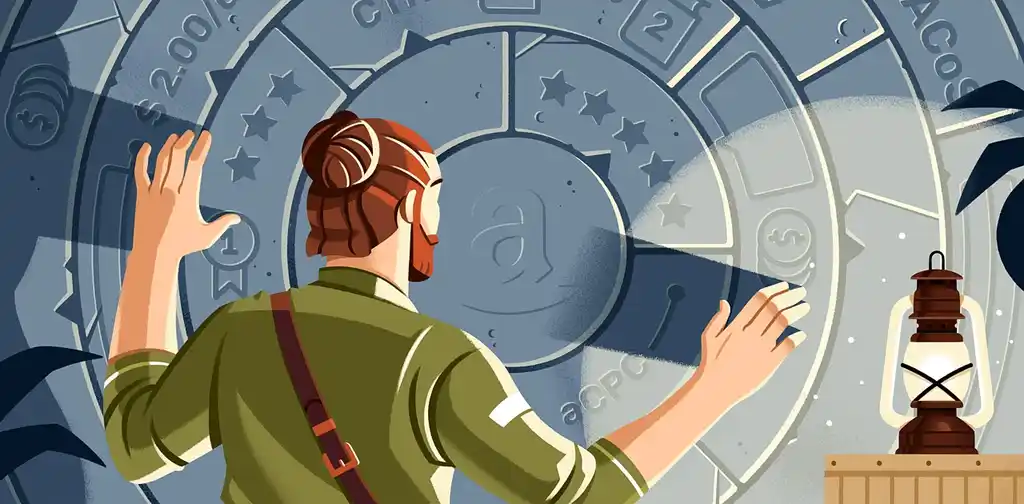
FREE COURSE
Amazon Algorithms for Authors
Learn to optimize your book description, pick categories, and sell more books.
Well, actually, that’s not always the case!
It’s as if The Terminator worked at Barnes & Noble: the algorithm is a heartless book-selling machine that doesn’t get star-struck by big-name authors. It looks purely at data to determine — in its cold, calculating way — which books to put in front of more readers. Indie authors have an equal chance of seeing their book rise in its category — as long as your book page is optimized to generate pre-sales, sales, and user reviews (take this course to learn more about the role of book reviews). This may sound like a big ask, but it’s much easier than calling up every bookseller around the country and begging them to stock your book.
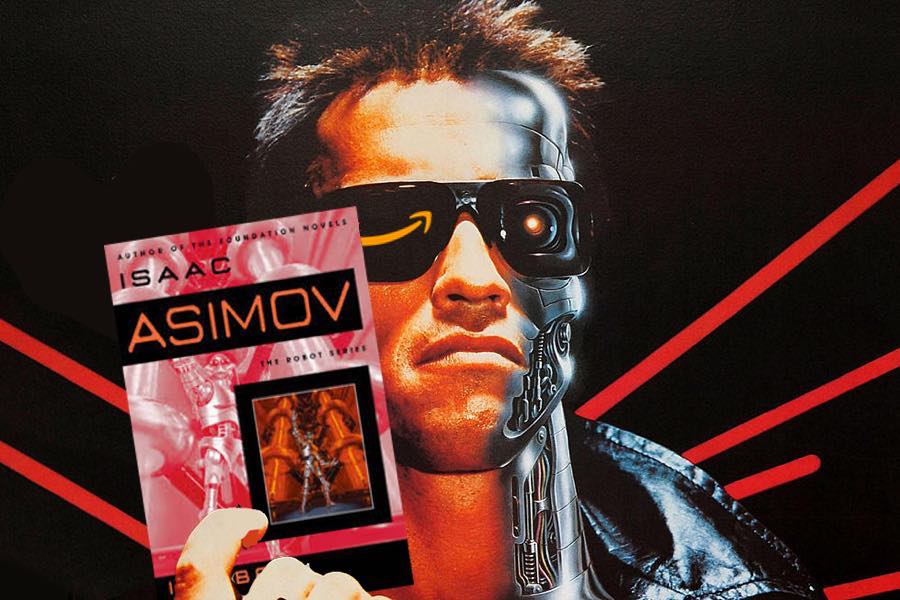
The ups and downs of going ‘exclusive’ with Kindle
Kindle Direct Publishing offers free promotional opportunities that can be accessed through their KDP Select program. You can check out our deep dive into KDP Select for all the juicy details, but in short, they include access to:
- Kindle Unlimited – Amazon’s subscription-based service (Netflix for books)
- Kindle Free Promotions — Turbocharge your downloads by making your book available for free (for five out of every 90 days)
- Kindle Countdown Deals — Run a week-long price drop that will see your book promoted in the Kindle store’s Countdown Deals section.
As you might expect, there are minor downsides to enrolling in KDP Select. To get your hands on all these delicious marketing tools, you must make your ebook exclusive to Amazon. This might sound like no big deal (after all, most books are sold on Amazon). However, Kindle’s market share isn’t as all-consuming in countries outside the US and the UK. If you aim to reach the broadest possible audience of readers, then being tied to Amazon — if only for the length of a promotion — might be less than ideal.
Q: What types of books or authors would NOT particularly benefit from KDP Select?
Suggested answer
Non-fiction authors. Because the main perk of KDP Select are pages read from borrows (because the Kindle Unlimited [KU] program is attached to the KDP Select). But people don't read non-fiction books. They feel like they solved their problem by making a purchase, I guess.
So, with non-fiction it goes like this: people borrow, instead of buying (so you are not getting paid for a sale), they read just several pages and get distracted/ discouraged. You are paid a few cents.
Yes, they are rare exceptions, for example a memoir, which reads like fiction, so people are actually reading it from cover to cover.
But I advertised hundreds of non-fiction books, and only about 5% of them found some success with the KU program.
Also, all the books with not many pages, for example children’s books will not benefit from KDP Select. I've heard that their count of pages read (KENPs) is different, but I never confirmed that rumor.
If your fiction book is short, you won't make much money with KU, too. In this program you make about 40-50 cents for 100 pages read. You need to have 500 pages to match royalties from a sale of $2.99 book. And that's under the condition that a reader will read the full book and don't stop in the middle.
Oh, and if you are not going to utilize KDP Select benefits - free days or countdown deals AND your book is thin, then KDP Select makes zero sense for you.
Both of those options are price-based, so if you are not going to offer your Kindle book cheaper, you simply cannot benefit from the program.
TLDR: the shorter your book the less sense KDP Select (and KU attached to it) makes for you.
Michal is available to hire on Reedsy ⏺
Honestly, not really—I’m a big fan of KDP Select, especially for new authors. One of its best perks is access to Kindle Unlimited (KU), which lets readers try your book without committing to a full purchase. Those page reads can add up fast, giving your book more visibility and earning potential.
For most authors, this is a great way to remove barriers for readers and get your story into more hands. Once you’ve built a strong following, it’s easier to branch out to other platforms, like selling direct or expanding to retailers like Barnes & Noble. But when you’re starting out, keeping things simple and focusing on Amazon’s massive audience is usually the smartest move.
In my experience, KDP Select provides a solid foundation for authors to build their readership and grow their career. I often help clients decide when it’s time to expand and how to do it strategically, but for most, starting with KDP Select is the best first step.
Jd is available to hire on Reedsy ⏺
So far, the downsides of publishing with KDP could be best described as “inconveniences” more than anything else. But before you throw your lot in with Amazon, it’s worth acknowledging the bigger picture.
You have to be okay with enriching a global giant
Monopolies are not a good thing for consumers. As Jeff Bezos’s empire continues to absorb a bigger market share of book sales, retail, web hosting services, logistics, streaming entertainment, and groceries, we should be concerned about feeding the Amazon beast. However, as anyone who’s marveled at ordering an obscure item and watching it arrive the next day can attest, using Amazon makes things a lot easier.
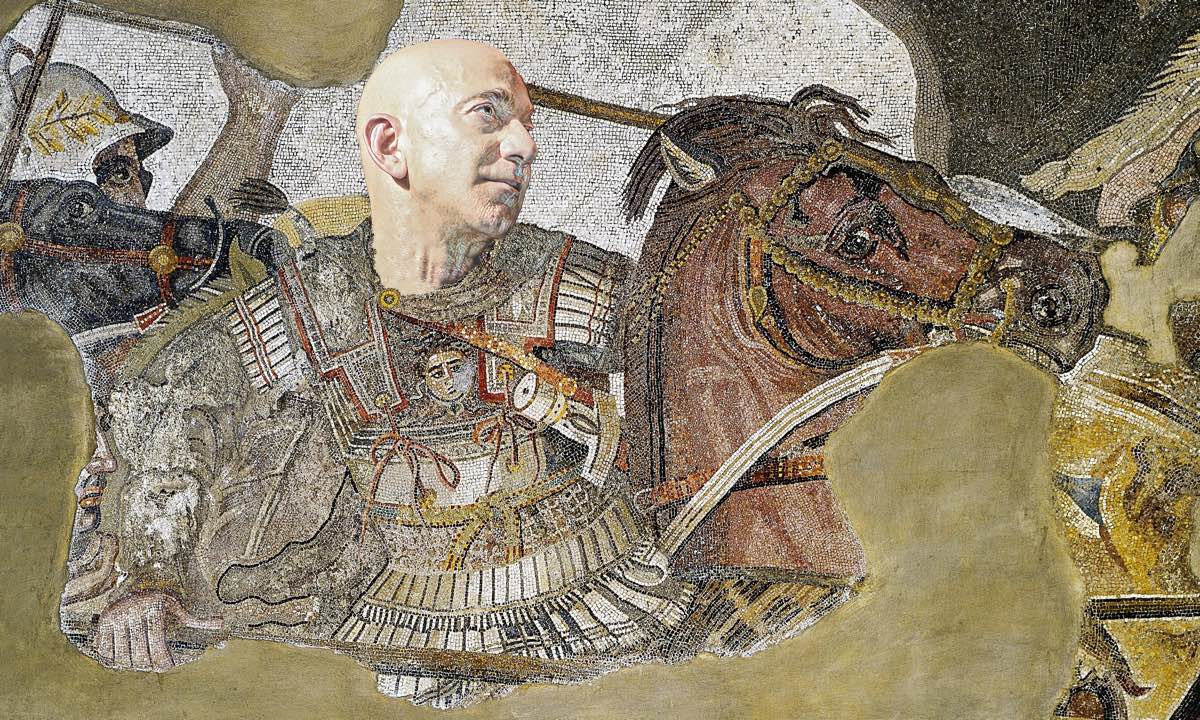
If you’re concerned that you’re contributing to the inevitable Amazon monopoly by selling through the Kindle store, you might be right. But you could also argue that there’s no way to make a living as an author without them and that selling through Amazon is a compromise you need to make, or else struggle to make a profit. If it helps, focus on the fact that Amazon has created a platform that disrupted publishing and tilted the balance of power away from ‘gatekeepers’ and towards creatives.
For some, Amazon’s patchy record of ethics might not be a dealbreaker — but it is something every author needs to consider at the very least.
Q: How can self-publishing authors succeed without selling on Amazon?
Suggested answer
The trick is to drive traffic to a highly converting landing page for your book, complete with all the social proof (i.e., reader reviews), awards, and a frictionless checkout system that keeps readers moving through the purchase process. You'll need attractive ads (Meta, Google, social media) to drive traffic to your site, so there will be an upfront investment and a steep learning curve. It is possible, but you will want to do this with off-set printed books, and not print-on-demand products for better profit margins.
Lisa is available to hire on Reedsy ⏺
It’s possible, but it’s a much tougher road. Amazon is where most readers are, and it has tools like Kindle Unlimited and massive visibility to help get your book noticed. For new authors, that kind of reach is hard to beat.
If you’ve already built a big email list or have a loyal fanbase, then selling directly or exploring other platforms can work. But for most authors—especially if you’re just starting out—Amazon should be your first stop. It’s the easiest way to connect with readers and build momentum.
That doesn’t mean you’re locked in forever. Once you’ve built some traction, branching out to direct sales or other retailers can be a smart way to expand your reach and diversify your income. Starting with Amazon lays a strong foundation—and having a plan for when and how to grow can make all the difference.
Jd is available to hire on Reedsy ⏺
If you're ready to take the plunge, strap in and head over to the next post in this guide. We'll show you the nuts and bolts of publishing your book on Amazon KDP.

